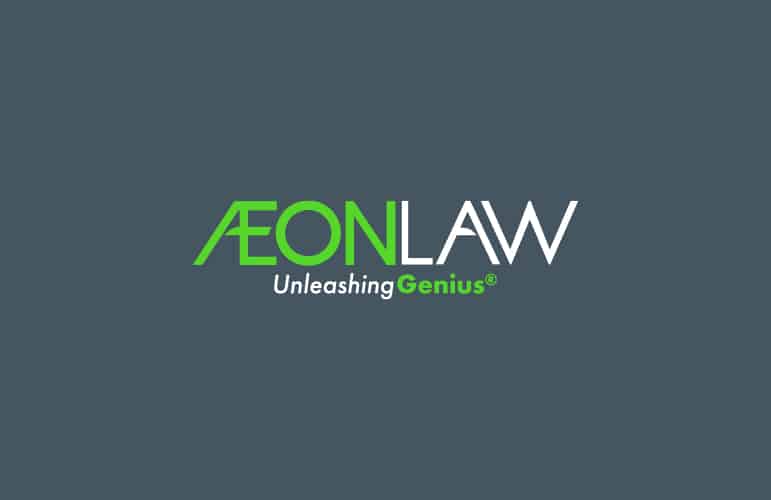As a practicing IP attorney and occasional iPhone developer, I took a particular interest in various reports this morning (e.g., over at theAppleBlog and many other places) that a non-practicing entity (NPE) has started delivering nastygrams to independent iOS developers. Specifically, Lodsys is apparently threatening patent infringement lawsuits if the targeted developers don’t take a license. Initial reports indicate that the NPE is targeting developers who use the in-app purchase mechanism that Apple implemented in iPhone OS 3.0 back in 2009.
At the moment, it appears that the NPE is asserting US Pat. No. 7,222,078 against the developers. TidBITS has a good take on some legal aspects of the NPE’s strategy, but there are a few IP-specific issues that seemed worth a mention over here.
For example, the `078 appears to be scheduled to expire in August 2012. Determining the term of a patent is not necessarily the most straightforward thing in the world. Here’s how I arrive at August 2012 in this particular case.
The `078 patent was filed on December 10, 2003. However, to figure out when it expires, we have to look at the terminal disclaimer that was filed on February 24, 2006. This terminal disclaimer means that the term of the `908 patent is limited to the term of one of its earlier-filed parent applications: US Pat. No. 5,999,908.
So, to answer the question of when the `078 patent expires, we have to determine when the `908 patent expires.
The `908 patent is a continuation of application Ser. No. 08/243,638, filed May 16, 1994, which was a continuation-in-part of U.S. patent application Ser. No. 07/926,333, filed Aug. 6, 1992. The `333 application is the earliest non-provisional application in the `908 patent’s chain of parentage.
Because the `908 patent is based on the `638 application, which was pending on June 8, 1995, the `908 patent has a term measured by 20 years from the filing date of the `333 application. (Also, the `908 patent is based on applications filed before May 29, 2000, so there are no patent term adjustments for USPTO delays.)
Thus, the `908 patent’s term ends August 6, 2012. Because of the terminal disclaimer filed in the `078 patent, the `078 patent also expires August 6, 2012, so the NPE better get these licenses in place pretty darn quick.
But for the moment at least, it looks like the `908 patent is still in force. But are iOS developers who implement in-app purchases really on the hook for infringement? Only time (and money and many court hearings) can tell for sure, but on first glance, it seems like it may be a bit of a stretch to assert that iOS developers who have implemented in-app purchases would be infringing any of the claims in US Pat. No. 7,222,078.
For example, Claim 1 is directed to a system including “units of a commodity that can be used by respective users in different locations… a user interface, which is part of each of the units of the commodity, configured to… elicit, from a user, information about the user’s perception of the commodity… and a component capable of managing the interactions of the users in different locations and collecting the results of the interactions at the central location.”
Does an independent iOS developer make, use, or sell “units of a commodity that can be used by respective users in different locations” or a “component capable of managing the interactions of the users in different locations and collecting the results of the interactions at the central location”? To me, that sounds like Apple, not the iOS developer. Seems like the NPE would have to rely on an indirect or contributory infringement theory to make that claim stick.
Perhaps the NPE is relying on Claim 69, which is directed to a “method for gathering information from units of a commodity in different locations, each unit of the commodity being coupled to a remote database on a network….”
To make Claim 69 work, it seems like the NPE still has to rely on a contributory infringement theory to go after the iOS developer for “receiving the transmitted perception information from different units of the commodity; and collecting and storing the received information at the remote database.”
I also wonder whether providing in-app purchases reads on “eliciting user perceptions of respective units of the commodity through interactions at a user-interface of the respective unit” and “generating perception information based on inputs of the users at the respective user-interfaces,” as claimed in Claim 69.
It would be interesting to see which claims the NPE is asserting the iOS developers are infringing and how the NPE thinks that the iOS developers are reading on each element of those claims.


